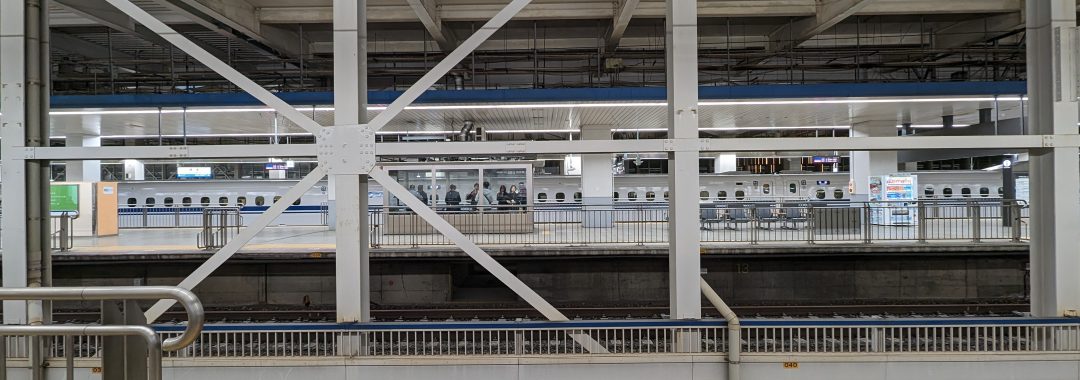In the realm of business, the adage “one size fits all” rarely applies, especially when it comes to project cost estimation. A recent diary entry from January 15, 2024, provides a compelling case study in this context. It reveals how a seemingly inflexible project estimate was successfully adapted to meet client budget constraints without compromising the project’s core objectives.
Initially, a photography assignment was planned with a journey to Fukuoka. The estimated cost, primarily for transportation, amounted to $2,700 – a figure beyond the client’s budget. This situation is not uncommon in business, where initial estimates often appear steep. However, it underscores a crucial aspect of project management: flexibility and adaptability.
The Art of Negotiation and Compromise
Traditionally, January is a lean period with minimal engagements. Yet, the necessity to adapt and the willingness to engage in proactive discussions led to a significant breakthrough. The key was in understanding the primary cost driver – travel expenses, which accounted for nearly $1,000, due to the volume of equipment necessitating a car journey.
Finding a Middle Ground
Upon further consultation, it was agreed to shorten the shooting schedule to one day, with the photographer arriving via bullet train the day before and returning the night of the shoot. This adjustment not only accommodated the budget constraints but also demonstrated the importance of collaborative problem-solving in project management.
Lessons for Business
This case study offers several takeaways for businesses:
- Initial Estimates Are Starting Points: They should be viewed as a framework that can be modified based on detailed project discussions.
- Understanding Cost Drivers: Identifying the major contributors to the cost can open avenues for adjustments and savings.
- Client Engagement is Key: Active and open communication with clients can lead to mutually beneficial solutions.
- Flexibility Leads to Solutions: Being flexible in approach and open to compromise can transform an unfeasible project into a successful endeavor.
Conclusion
This diary excerpt is more than just an account of a project’s logistical changes; it’s a testament to the adaptability required in modern business practices. It demonstrates that by delving into the specifics of a project and being open to adjustments, substantial cost savings can be achieved, turning a potentially lost opportunity into a win-win situation for all parties involved.

